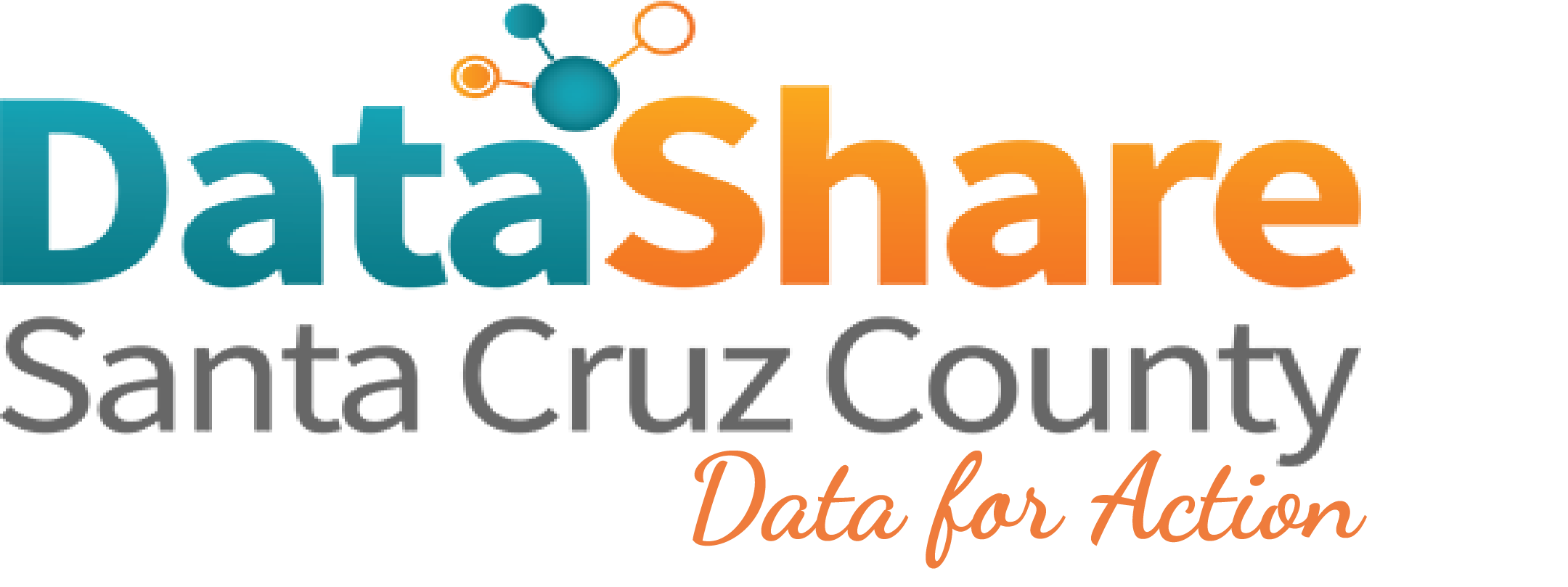Promising Practices
The Promising Practices database informs professionals and community members about documented approaches to improving community health and quality of life.
The ultimate goal is to support the systematic adoption, implementation, and evaluation of successful programs, practices, and policy changes. The database provides carefully reviewed, documented, and ranked practices that range from good ideas to evidence-based practices.
Learn more about the ranking methodology.
Filed under Effective Practice, Health / Children's Health
Goal: The goal of the IAQ TfS program is to provide schools with easy ways to improve air quality in classrooms.
Filed under Evidence-Based Practice, Health / Women's Health, Women
Goal: The goal of Insights is to increase condom use among young women at risk for HIV and other STDs.
Impact: Insights proves that tailored cognitive/behavioral minimal self-help interventions hold promise as HIV/STD prevention strategies for diverse populations of young at-risk women.
Filed under Evidence-Based Practice, Health / Alcohol & Drug Use, Women, Urban
Goal: The goal of IT'S TIME is to help women of child-bearing age quit smoking.
Impact: The IT'S TIME program succeeded in helping women quit smoking.
Filed under Evidence-Based Practice, Health / Alcohol & Drug Use, Men
Goal: The goal of this dental office based intervention is to reduce smokeless tobacco use and other tobacco use.
Impact: The dental office-based intervention succeeded in increasing the rates of smokeless tobacco cessation among participants.
Filed under Good Idea, Environmental Health, Children, Teens, Adults
Goal: The goal of Keep America Beautiful is to coordinate and empower local communities to prevent litter, reduce waste, and beautify communities.
Filed under Evidence-Based Practice, Health / Alcohol & Drug Use, Teens
Goal: Keepin' it REAL aims to reduce adolescent alcohol, marijuana, and tobacco use.
Filed under Good Idea, Community / Community & Business Resources, Racial/Ethnic Minorities
Goal: MOVE goals are to visually demonstrate health inequities and positive changes in Washington State, to highlight local Communities Putting Prevention to Work efforts to improve health, and to foster local partnerships.
Impact: The MOVE initiative is empowering community members to identify and raise awareness of the health inequities impacting them.
Filed under Effective Practice, Community / Transportation
Goal: The Click It or Ticket Campaign Enhancement and Evaluation project's goals were to:
-Increase safety belt use in Massachusetts; and
-Evaluate the impact of adding educational activities to standard enforcement mobilization waves.
Filed under Evidence-Based Practice, Health / Alcohol & Drug Use
Goal: The mission of this program is to improve the lives of individuals and families affected by alcohol and other drug use through treatment, education, and research.
Impact: Matrix participants were 38% more likely to stay in treatment and 27% more likely to complete treatment compared to nonparticipants. Stimulant drug-use indicators were significantly reduced during treatment for Matrix participants. They also produced more drug-free urine samples compared to nonparticipants.
Meal Delivery Programs Reduce the Use of Costly Health Care in Dually Eligible Medicare And Medicaid Beneficiaries (Massachusetts)
Filed under Evidence-Based Practice, Health / Health Care Access & Quality, Adults, Older Adults, Urban
Goal: In this study, it was sought to examine whether home delivery of medically tailored meals or non-tailored food reduces the use of selected health care services and medical spending among Commonwealth Care Alliance members. Because there is knowingly an association between food insecurity and emergency room visits, it was hypothesized that the medically tailored meals would cause a reduction in ER visits and other costly healthcare services and expenditures.
Impact: Researchers estimate monthly net savings of $220 per participant for medically tailored meals and $10 per participant for the non-tailored food program. This study suggests that vulnerable patients, in this case, the dually eligible Medicaid and Medicare, can benefit from meal delivery programs.
